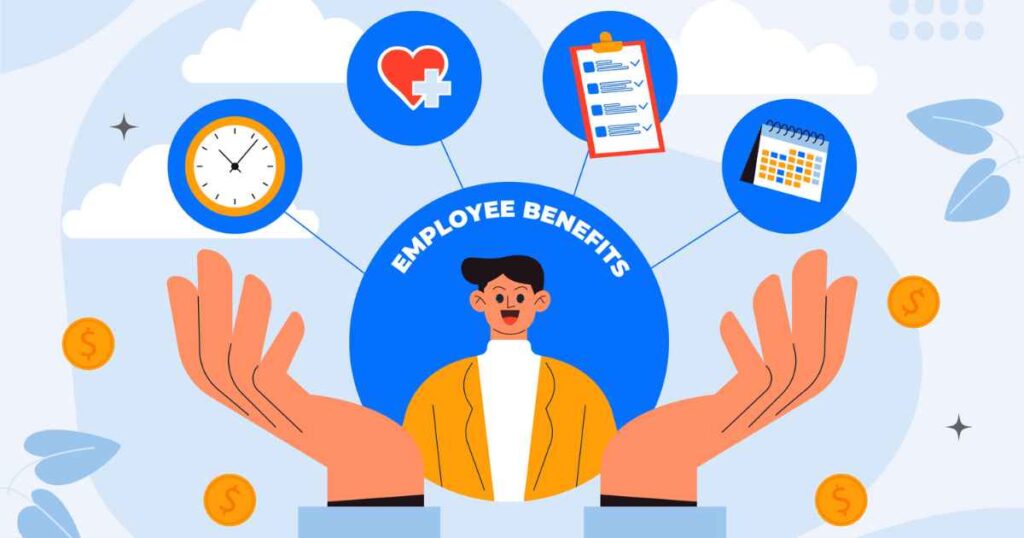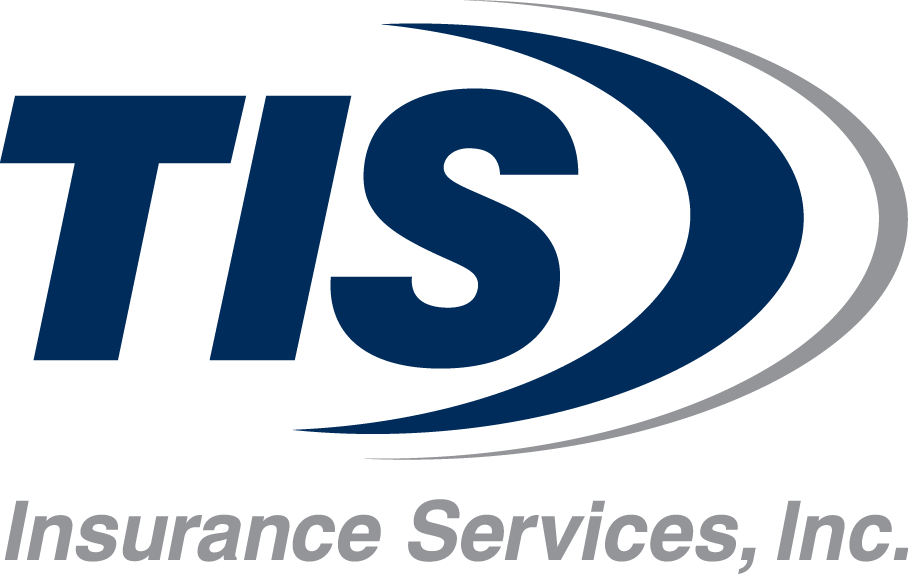As we approach 2025, it’s essential for employers to stay informed about the latest shifts in employee benefits. Employee expectations are shifting, economic pressures are mounting, and employers are striving to balance cost-effectiveness and comprehensive benefits.
New trends in healthcare, technology, and wellness are reshaping how businesses approach their benefits offerings. Understanding and adapting to these trends can give employers a competitive edge in attracting and retaining top talent.
Trends to Watch
Below are 8 key trends shaping the benefits arena in 2024 and their impact on your organization in 2025.
1. The Ongoing Battle Against Rising Health Care Costs
Healthcare costs continue their relentless climb, putting pressure on both employers and employees. Factors like inflation, advancements in medical technology, and an aging population contribute to this upward benefits trend.
To combat these rising costs, employers are exploring various strategies:
- Plan Design Optimization: Analyzing plan options, adjusting deductibles and co-pays, and promoting preventative care can help manage costs without sacrificing coverage.
- Health Savings Accounts (HSAs): Encouraging employee contributions to HSAs can help them save for healthcare expenses while reducing the employer’s financial burden.
- Telehealth and Virtual Care: Promoting telehealth options can provide cost-effective alternatives to traditional in-person visits for routine care and consultations.
- Wellness Programs: Investing in employee wellness programs can improve overall health and potentially reduce long-term healthcare costs.
2. The Evolution of Employee Leave
Employee leave policies are undergoing a transformation, driven by factors like changing demographics, evolving family structures, and increased awareness of mental health.
- Expanding Leave Options: Beyond traditional vacation and sick leave, employers are offering more diverse options like parental leave, caregiver leave, and mental health days.
- Flexible Leave Policies: Implementing flexible leave arrangements, for example, unlimited PTO or flexible work schedules, can improve work-life balance and employee satisfaction.
- Paid Leave Mandates: Staying informed about state and federal paid leave mandates is crucial for compliance and ensuring competitive benefits offerings.

Mental health and wellbeing have been at the forefront of benefits discussions over the past few years, but in 2025, expect to see even more emphasis on comprehensive mental health programs. With rising awareness of burnout and stress, employees seek support beyond traditional Employee Assistance Programs (EAPs). Employers are increasingly integrating digital mental health tools, such as meditation apps, virtual counseling, and stress management resources, to provide their workforce with accessible mental health solutions.
Businesses that prioritize mental health contribute to a more engaged and productive workforce and position themselves as supportive employers. In 2025, more companies will be offering mental health days, expanded counseling services, and training for managers to recognize and address mental health challenges.
More Insight: Unlocking Employee Well-being: Key Trends in the Wellness Industry
4. Personalized Benefits Packages
One-size-fits-all benefits are no longer sufficient for today’s diverse workforce. Personalized benefits, where employees can tailor their packages to fit their unique needs, are becoming a must-have for competitive employers. In 2025, more companies will offer flexible options, allowing employees to select the coverage and perks that are most relevant to them.
This personalization trend is driven by advances in benefits technology, such as online benefits platforms that offer decision support tools. These tools guide employees through choosing health plans, retirement options, and other voluntary benefits based on their individual circumstances. Employers that provide tailored benefits packages are better equipped to meet the needs of a multigenerational and diverse workforce.
5. Emphasis on Financial Wellness
Financial stress can significantly impact an employee’s overall well-being and productivity. As we enter 2025, more employers recognize the importance of financial wellness programs as a critical component of their benefits offerings. Expect an increase in financial literacy workshops, debt counseling services, and access to financial planning tools.
Some companies also offer student loan repayment assistance, emergency savings funds, and incentives for contributing to retirement plans. By addressing financial stress, employers can create a more focused and content workforce, reducing turnover risk and improving employee satisfaction.
More Insight: 5 Key Insights for Elevating Your Employee’s Financial Health
6. Rise of Digital Health and Virtual Care
The pandemic accelerated the adoption of telehealth, and virtual care is here to stay. In 2025, we can expect digital health solutions to continue expanding, with more employers integrating virtual primary care, teletherapy, and remote monitoring into their health benefits. Virtual care offers convenience, reduces wait times, and provides access to specialists regardless of geographical location, making it an attractive option for employees.
Digital health platforms are also expanding to include wellness programs, chronic disease management, and preventive care. Employers that embrace digital health solutions not only enhance access to care for their employees but also contribute to cost savings by encouraging early intervention and ongoing health management.
7. Integration of AI and Benefits Technology
Artificial Intelligence (AI) is transforming the way benefits are delivered, making the process more efficient and personalized. In 2025, we will see increased adoption of AI-powered benefits platforms that offer personalized recommendations, automate administrative tasks, and provide insights into employee preferences. These tools help HR teams streamline open enrollment and make data-driven decisions about benefits offerings.
AI can also play a role in proactive communication, nudging employees to take advantage of preventive care, enroll in wellness programs, or utilize available resources. By integrating AI into their benefits strategy, employers can improve the overall employee experience and ensure that their workforce is well-informed and engaged.
More Insight: AI and Employee Assistance Programs (EAP)
8. Increased Adoption of Health Savings Accounts (HSAs) and High-Deductible Health Plans (HDHPs)
As healthcare costs continue to rise, more employers are turning to HDHPs paired with Health Savings Accounts (HSAs) to provide employees with a cost-effective option for managing their healthcare expenses. In 2025, we can expect a greater focus on educating employees about how to make the most of HSAs, which offer tax advantages and the ability to save for future healthcare needs.
Employers will need to provide resources to help employees understand the benefits and potential risks of HDHPs, as well as how to effectively use their HSA funds. By supporting employees in managing their healthcare expenses, businesses can empower them to take control of their health and finances.
More Insight: High Deductible Health Plans (HDHPs): Understanding the Benefits.
How Can TIS Help?
As we move into 2025, the trends we’re seeing reflect a shift toward a more employee-centric approach. Staying ahead of these benefits trends can be challenging, but it’s crucial for creating a workplace that attracts and retains top talent.
At TIS Insurance Services, we’re here to help you navigate these complexities and design a benefits program that sets you apart. As experienced employee benefits brokers in Knoxville, we have our finger on the pulse of the latest trends and best practices. We’ll work closely with you to understand your company’s unique needs and create a benefits strategy that aligns with your goals and budget, ensuring your workforce stays happy, healthy, and engaged.
Contact TIS today to learn how we can help you optimize your benefits offerings and build a thriving workplace.






